Organizations that have made consistent and sound investments in content marketing in recent years are reporting those investments paying dividends.
That’s what the latest data from CMI is showing us.
According to the 2017 benchmarks and trends report from Content Marketing Institute and MarketingProfs, more than 60% of B2B marketers reported that their content marketing strategies are more effective than one year before.
Comparing the data year over year, 34% of marketers felt their content marketing was effective in 2016 vs. just 30% in the previous year.
In 2015, 4% of marketers felt their efforts were “not at all effective.” Thankfully, those numbers improved for 2016 with 0% of marketers stating their content marketing was “not at all effective.”
There are a number of factors contributing to that success, including better quality content, strategy development, more time spent on content marketing, and better targeting in content distribution.
In short, the experience gained through content marketing made those marketers more effective.
But in order to maintain that growth, marketers also have to stay tuned into the ever-changing landscape of content marketing.
What worked last year may not be enough to creep ahead in 2018.
Being able to anticipate trends, as well as the change in audience behavior based on technology trends and updates, can help you adjust your strategy and get ahead of the wave.
Here are some trends to keep an eye on as we head into 2018.
1. Changing formats mean content roles are shifting
In recent years, there’s been a consistent shift away from content churning.
The brands experiencing the most success with content marketing aren’t just flooding their audience with content. They’re taking a media publishing approach.
Having a team of writers isn’t enough anymore.
Your company needs to create a broader strategy, with a more diverse group of talent and skills, in order to meet the demands of your audience.
The process is just as important as the content itself now.
The approach Pixar takes to making blockbusters is a prime example of how this process is changing.
According to Ed Catmull, the president of Pixar, the company doesn’t start with great ideas.
Every project begins with “ugly babies” that are “awkward and unformed, vulnerable and incomplete.”
By focusing on their processes and relentless improvement, Pixar is able to take those simplified concepts and continually work to improve them.
That process is what has helped them win more than a dozen Academy Awards.
Content marketing is moving beyond just blog ideas.
There is a greater process you have to work toward in which ideas are constantly improved on, customized for different audiences, and adapted to new formats that consumers are using.
Just hiring writers won’t cut it anymore.
Blogging by itself doesn’t tie into all the pertinent marketing strategies of growing companies, and it doesn’t address the issue of new formats for consumption.
The content team will need to grow and adapt for the next year and should include people who have talent in:
- Video production and editing
- Graphic design, illustration, and editing
- Audio editing and production skills
- Content optimization across multiple formats
- Content distribution and promotion
- Strategy development, execution, and campaign management
- Communications and branding
- Advertising and media buying
- Analytics, metrics, and reporting
If you look at the latest data, you can see the spread of content tactics being used by successful organizations. The average company uses 8 of these tactics across a range of media types and channels.
2. The Internet of Things is taking content off the screen
Customers are no longer limited to staying locked on the screen for getting content. The Internet of Things has made it so that content can be all around us, interwoven into our daily lives in a way that’s hands and eyes free.
Think about how we interact with devices and new technology now, like Siri.
You talk and Siri responds, providing customers with call-and-response content on the fly.
Amazon’s voice service, Alexa, is becoming a digital doorway to content as well.
A number of organizations already use Alexa to share content with a much wider audience that doesn’t want to be tied to a screen.
The American Heart Association provides details on performing CPR.
Through Alexa, the content will walk you through the process, step-by-step, in an emergency situation. They also share the warning signs of a stroke or heart attack.
Pet lovers are benefiting from Ask Purina content shared through Alexa.
This content provides a wealth of information on dog breeds, including a breed’s size, energy level, shedding level, and more.
There’s plenty of opportunity in the B2B space as well — you just need to think about what your audience is looking for and the best way to get it to them.
For example, Marketing School.
This is a simple Alexa Skill I developed with Eric Siu and Single Grain to deliver 10 minutes of actionable marketing advice every day.
Easy enough to listen to while you’re getting ready in the morning or for a quick break in the middle of a Netflix binge.
We’re at a point where everything is becoming digital.
With sensors, device pairing, and beacon-based proximity marketing, there are growing opportunities for content interactions that go beyond audience engagement.
It’s content that is highly targeted and is available to your audience in more formats, at the right time, in the right place, when they need it most.
3. Transparency is king
Consumers are getting burned out on brand advertising, and I’m not just talking about the generation that’s been painted with a broad brush.
It’s true that millennials are more progressive and want companies to be more authentic, transparent, and driven to give back to society.
But consumers overall want that same transparency.
According to Digiday, there’s a growing fatigue in brand advertising, “green” claims, charitable contributions, and corporate support for causes.
Brands try to tie it all together into “cause marketing,” but wary customers are starting to see this kind of promotion as desperate.
Some customers simply feel the company is being dishonest.
Nielsen’s Global Trust in Advertising Survey makes it clear where consumers are putting their trust.
For those in North America, recommendations from people they know come in at the top, with 82% saying they completely or somewhat trust that source.
Compare this to television ads (63%), brand sponsorships (57%), online video ads (47%), social media ads (42%), and ads on mobile devices (39%).
That’s a wide gap, and it’s because consumers don’t feel they get the same authenticity from brands that they get from their peers.
Going forward, brands need to focus on transparency and disclosure.
With the growth of influencer marketing and endorsements, this is more important than ever to build relationships with the cautious customer.
And the Federal Trade Commission continues to take measures to protect consumers from companies who aren’t transparent enough. Just look at what happened with Machinima:
In 2015, the FTC gave the YouTube gaming network Machinima a slap on the wrist with a settlement for not disclosing paid endorsements to YouTube influencers who produced content for the channel.
A quick search online shows that a lack of disclosure and a lack of transparency have caused trouble for a number of brands.
To gain (and maintain) the trust of your audience, the next phase of influencer marketing and branded content is to ensure that anything you create is fully transparent.
4. Content is fuel for the buyer’s journey
If you look at digital marketing as a whole, there aren’t too many tactics that can stand on their own without content.
Think about the types of marketing the average business does on a daily basis at different levels of the company:
- Social media posts
- Blogs and articles
- Email marketing
- Lead magnets
- Visual media like infographics
- Videos, both pre-recorded and live feeds
- White papers and e-books
- Lead-nurturing and relationship-building campaigns
- Customer delight and knowledge sharing
- Content-driven sales messages and materials
- Podcasts
- Landing pages
Even paid advertising relies on content to drive conversions.
Content marketing will continue to grow as the cornerstone of all marketing, driving strategies into 2018.
What’s important to remember is that content is what catches the attention of your audience and builds the trust with your brand.
It’s the experience created by your content that moves the customer from the top of the funnel down into the final conversion of the buyer’s journey.
Rather than focusing too heavily on top-of-the-funnel content to fuel your customer acquisition, your strategy should switch to supporting every stage of that buyer’s journey.
Going forward, your content will need to be more diverse, purposeful, nurturing, and interconnected so it propels the customer forward.
Most importantly, it can’t stop at the point of conversion.
Without relationships, your audience isn’t going to carry your content beyond the first glance.
Continue to nurture those customer relationships with content, however, and you’ll create very vocal brand ambassadors to lead you into 2018.
5. Blurring of media lines
If you look at how content has changed over the last decade, it has slowly grown outside of its original “container” of owned media.
Companies owned or controlled the channels where the content lived — and still do.
For the most part.
But as social media expands, as well as the ways we interact with and engage the audience through social and other channels, the lines between owned, earned, and paid begin to blur to the point of barely being discernable from one another.
Content can no longer be confined to specific silos like paid, owned, and earned media.
Across the spectrum of digital, with the entire buyer’s journey in mind, the content shifts to take on the form of all three.
And they have to work seamlessly together to support your growth strategy.
That means changing the way your internal and external teams manage content development, deployment, and promotion.
Like the content, your teams will need to work more closely with each other into 2018 to remove bottlenecks and support the whole of your content marketing strategy across all digital channels.
6. Better strategic documentation
If you analyze the growing effectiveness of content marketing, according to the CMI report, marketers are able to attribute that success to very specific things.
The development or adjustment of strategy is one of the top factors, but if you look at the others, such as more efficient content creation, more time spent on content, and better targeting, those things all come together as part of a strategy.
In 2015, only 32% of marketers had a documented content marketing strategy. The following year, this grew to 37%.
There’s still a significant portion (41%) that have a strategy, but it’s not documented.
It’s great to have a concept of where you want to go, but that’s not always enough to succeed.
The proof is in the science.
At the Dominican University of California, Dr. Gail Matthews studied the habits of 267 participants to measure how goal achievement was influenced by writing those goals.
The study revealed that “participants who wrote down their goals and sent weekly updates to a friend had a much higher success rate than those who kept their goals to themselves.”
In fact, those who documented, reviewed, and shared their goals were 33% more successful in achieving their goals.
The trend toward better documentation of content strategies is one you should be following, and you should adjust your approach to adopt this practice if you want to positively influence growth.
7. Live video is taking over
Marketers and customers alike are jumping on the train to embrace live video content.
Buffer ran a survey in 2016 that provided some insight into how marketers see video changing.
Over 80% said they want to create more video content, and 42% specifically wanted to create more live video.
Why the draw?
Well, for starters, Facebook video sees an average of 135% more organic reach than images. The engagement goes through the roof for live video as well.
According to Facebook, users spent 3x more time watching live videos than a video that’s no longer live. They also comment more than 10x more during live videos.
If that’s not enough to convince you that you need to adopt live video for 2018, maybe this will help change your mind.
Livestream surveyed customers and discovered that:
- 80% of respondents said they would rather tune into a live video than read a blog post.
- 82% of respondents were more interested in watching live video from a brand than reading social media posts.
While approximately 60% of marketers are investing in video right now, only about 14% have committed to using live video.
You have a unique opportunity to take advantage of live video before some of your competitors do.
Start working with live video now to capture the attention and engagement of your audience.
I know live video can be scary and unnerving if you’re not used to being in front of a camera.
Even though I use video, I fall short of being any kind of superstar when being filmed.
Even though I’ve been on live video countless times, it’s still not a natural thing for me, but you know what the benefit is to that?
You’ll appear way more authentic to your audience, and that’s what they’re looking for.
They want that real human connection behind the brand, and you can give them that much without being a superstar director or professional actor.
Check out my guide on how to tackle live video even if you hate being in front of the camera.
8. Interactive visual content
While live video is super engaging and certainly interactive, there’s another kind of interactive visual content that allows you to create an entirely different experience for your audience.
Virtual reality.
It offers new opportunities for content marketing as well as customer engagement, like this new VR app from Shopify that helps online shoppers customize shirts in virtual reality.
While some are skeptical of it taking hold in the market right now, financial data and forecasts provide a telling story about its growth.
International Data Corporation shows that, based on sales and forecast models, revenue from AR (augmented reality) and VR will grow from just over $5 billion in 2016 to more than $160 billion by 2020.
Revenue forecasts from Digi-Capital are equally optimistic, reporting an estimated growth to $108 billion for AR and VR by 2021.
While you might think it’s a bit early to jump on the bandwagon, don’t shy away too soon. Forbes Global shows that up to 30% of consumer-facing brands will experiment with virtual reality marketing.
But it’s not just used for consumer advertising and marketing — just look at what the Golden State Warriors did with VR when they wanted to recruit Kevin Durant to the team roster.
Using content marketing in virtual reality for recruitment, they immersed Durant in the “Warriors Experience,” putting him courtside at Oracle Arena as well as in the middle of talks from coach Steve Kerr in the locker room.
The new approach paid off, and Durant left Oklahoma City for the Warriors.
Check out how a few other brands are using content in virtual reality for marketing and customer engagement.
While breaking into virtual reality might seem costly, there are ways to test and implement new marketing tactics with a strategic approach that won’t cost you.
9. Distribution is everything
There may very well be new ways to get your content in front of current and prospective customers.
Some, like live video, have yet to be widely adopted by brands.
Despite that, there’s still just way too much content out there.
Don’t let that stop you from producing content because all that other content out there doesn’t matter.
The only way all that other content can stop you is if you’re not distributing your content and working to boost its engagement.
Because as time goes on, you can guarantee more and more content is going to be created. Just look at this infographic from Domo on the amount of content being created every minute.
And that infographic is from 2014! At the time it was created, the global Internet population was approximately 2.4 billion people.
Today, that number is around 3.773 billion, representing half of the world’s population.
If you want to cut through the noise to get the attention of even a small percentage of those 2.789 billion active social media users, you need to adopt strategic distribution.
Smart brands are going to make more investments in content distribution to more effectively develop multi-channel and social distribution plans.
Make sure you do the same.
Conclusion
While the trends I’ve listed here are supported by data, trends aren’t everything. You should do your research to see how they can improve your own content marketing strategy moving into 2018.
There’s also plenty of historical data that shows us how quickly trends can flop or die off.
Rather than chase trends, always do your research. Keep an eye on top performers in your space and use data — as well as experimentation — to fuel your strategy as you head into 2018.
Which of these content marketing trends for 2018 are you working on incorporating into your strategy?

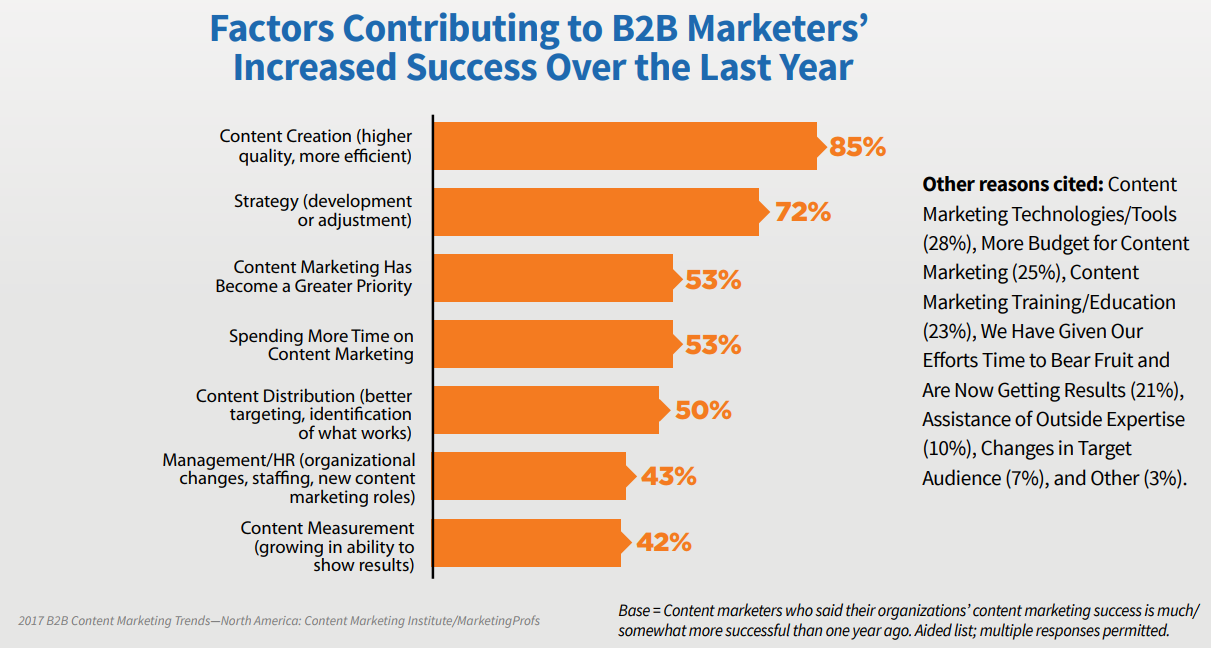
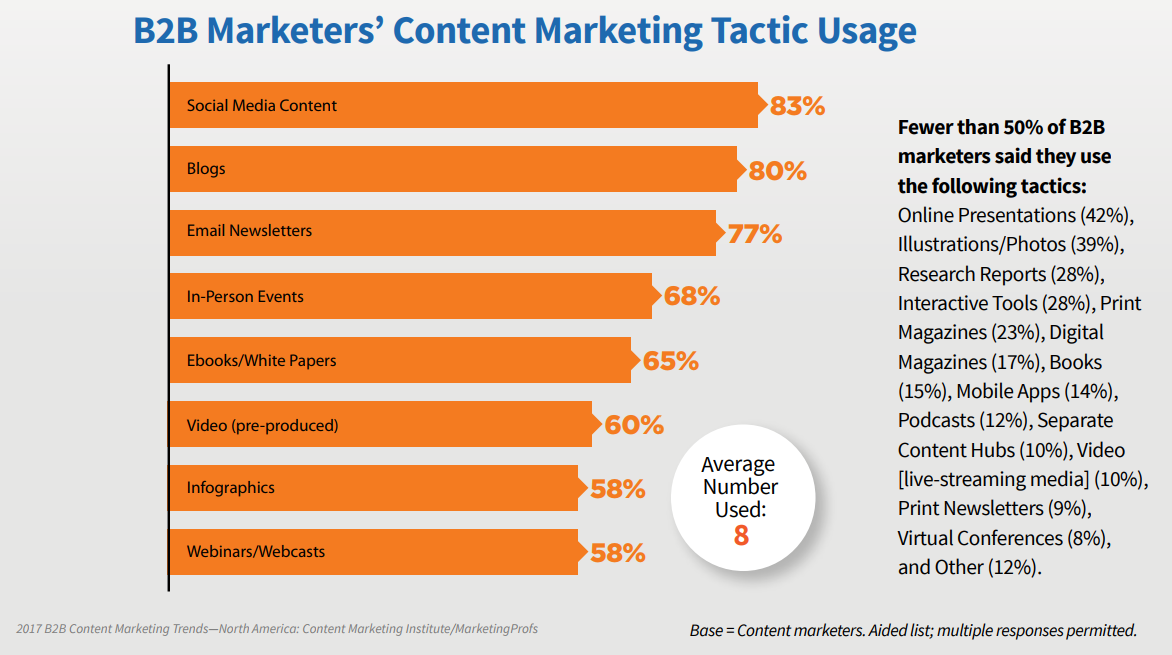
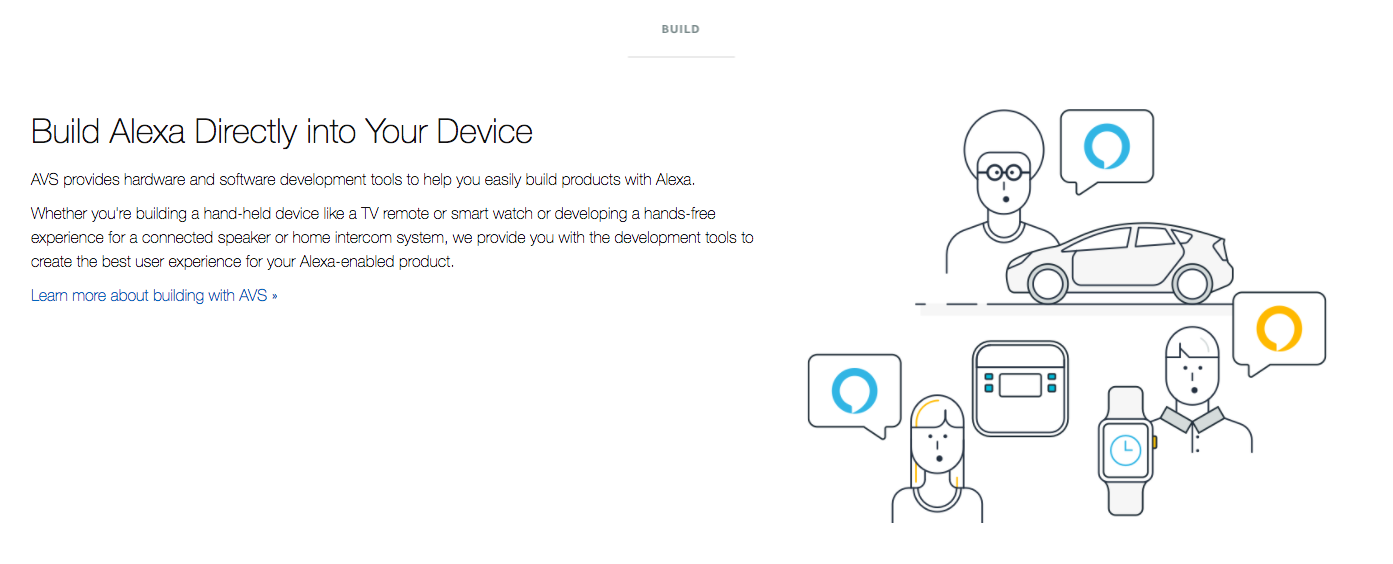

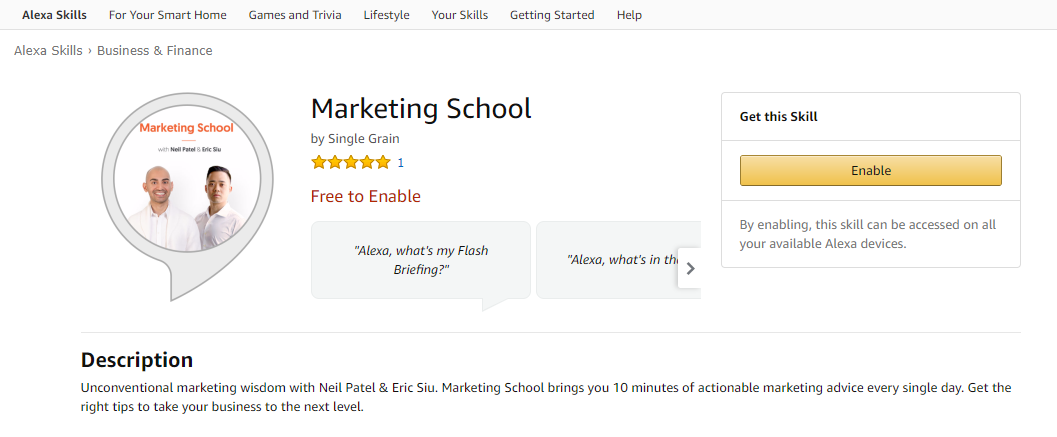
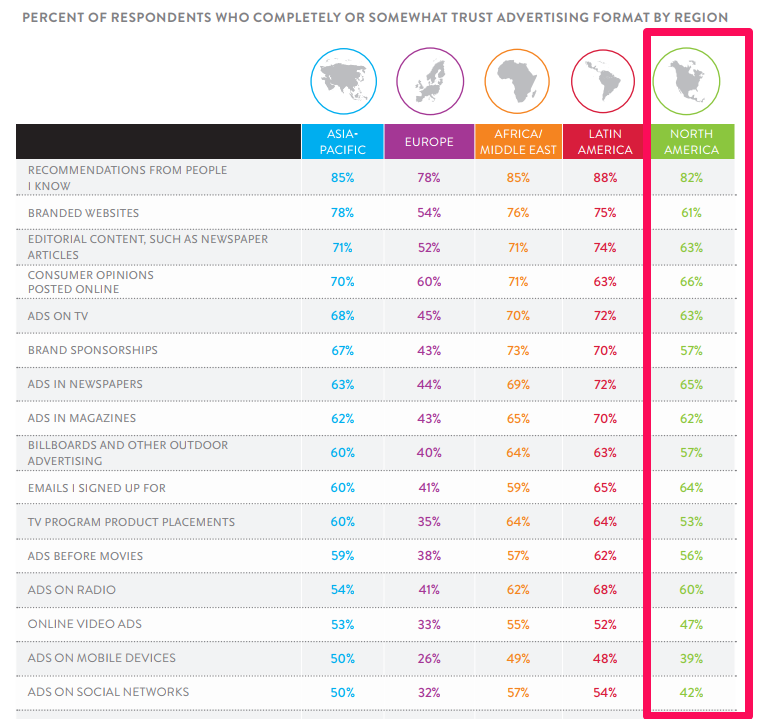
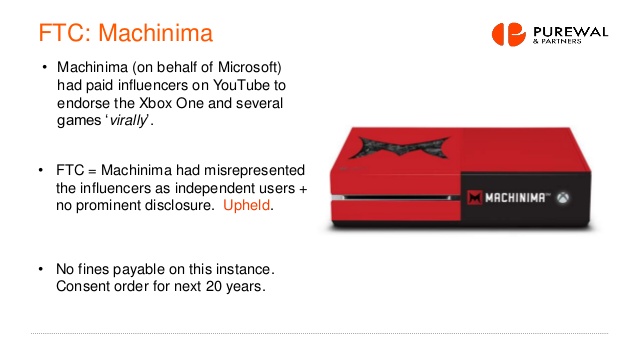

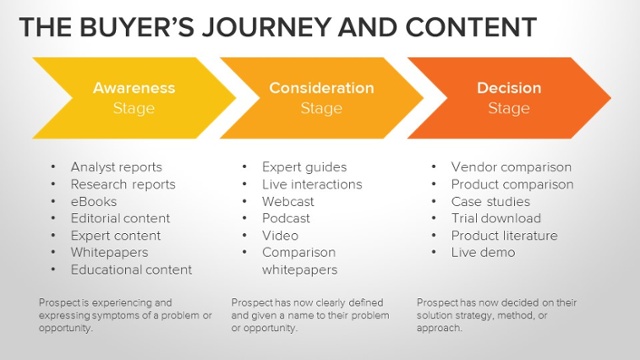
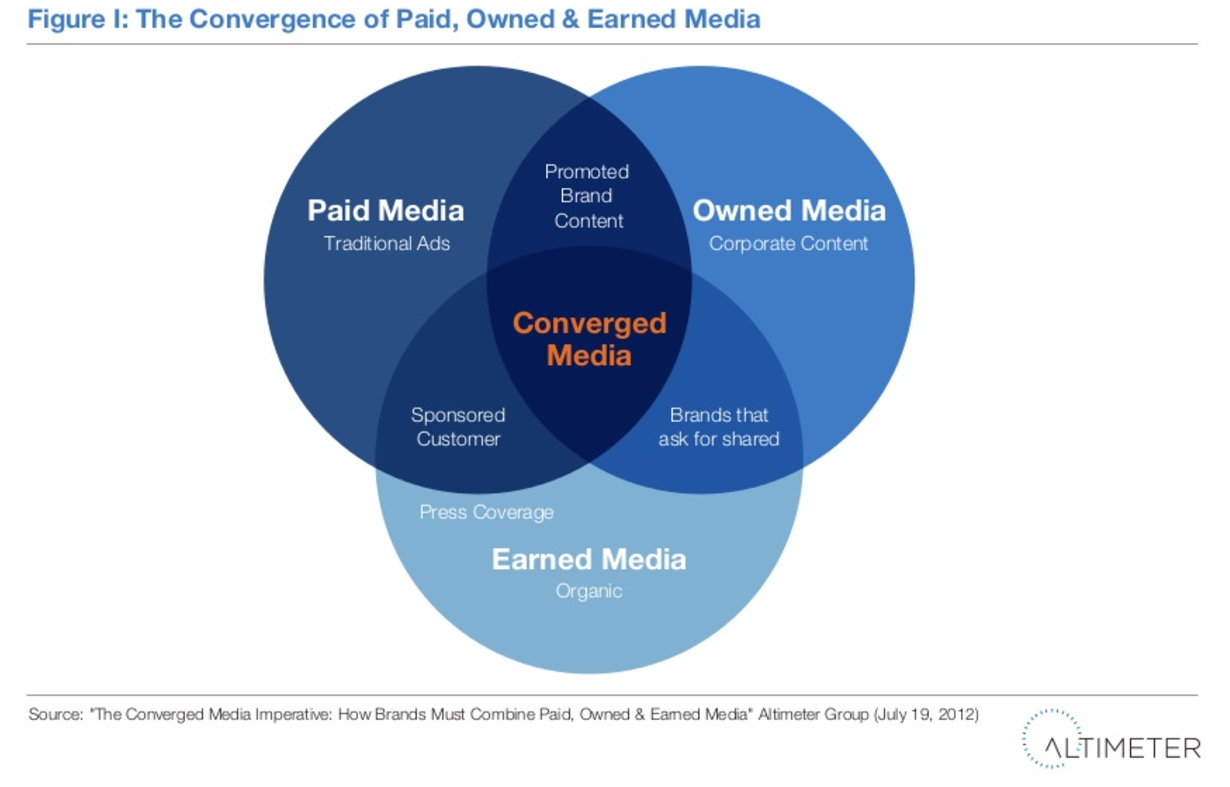
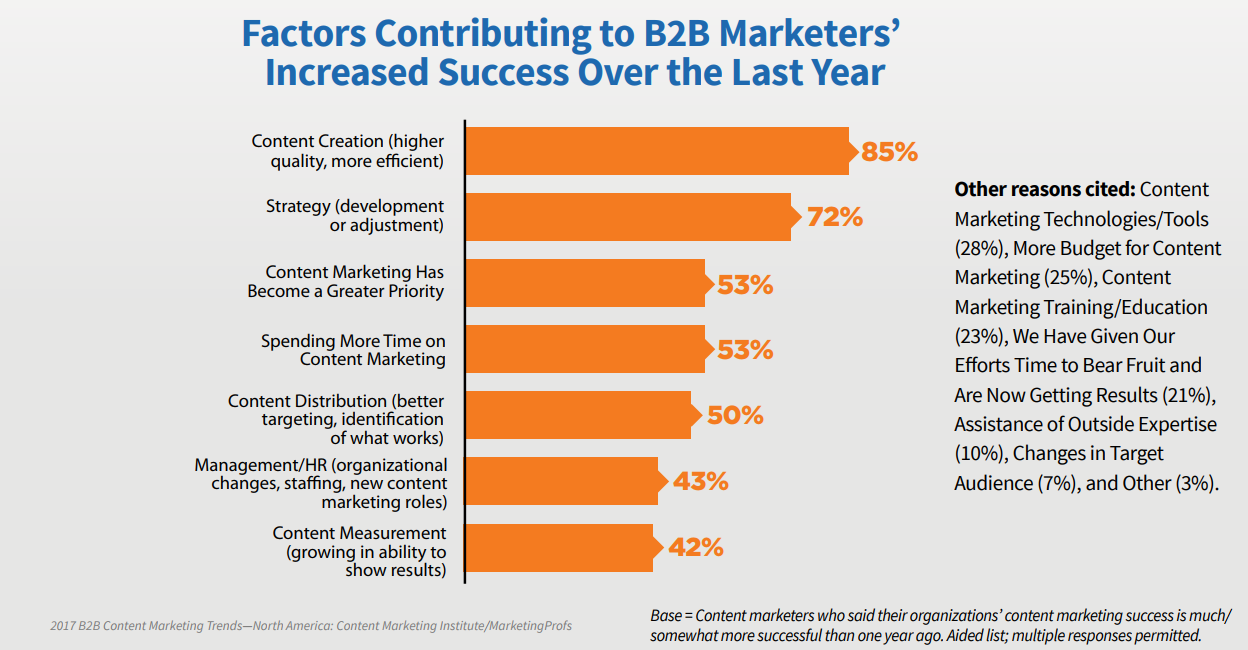
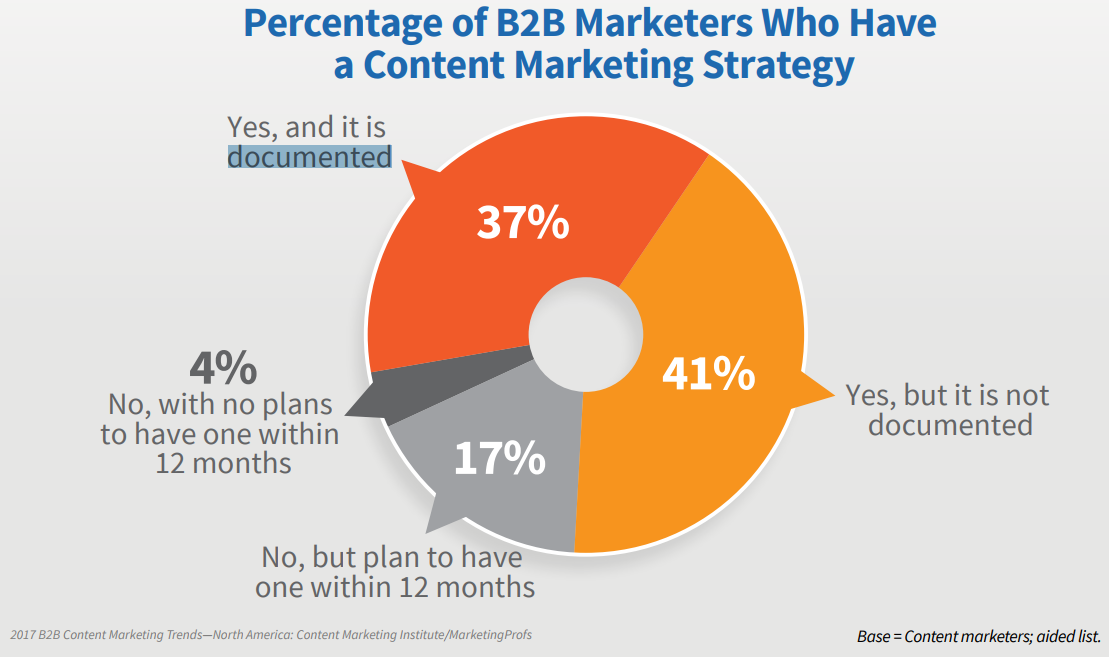
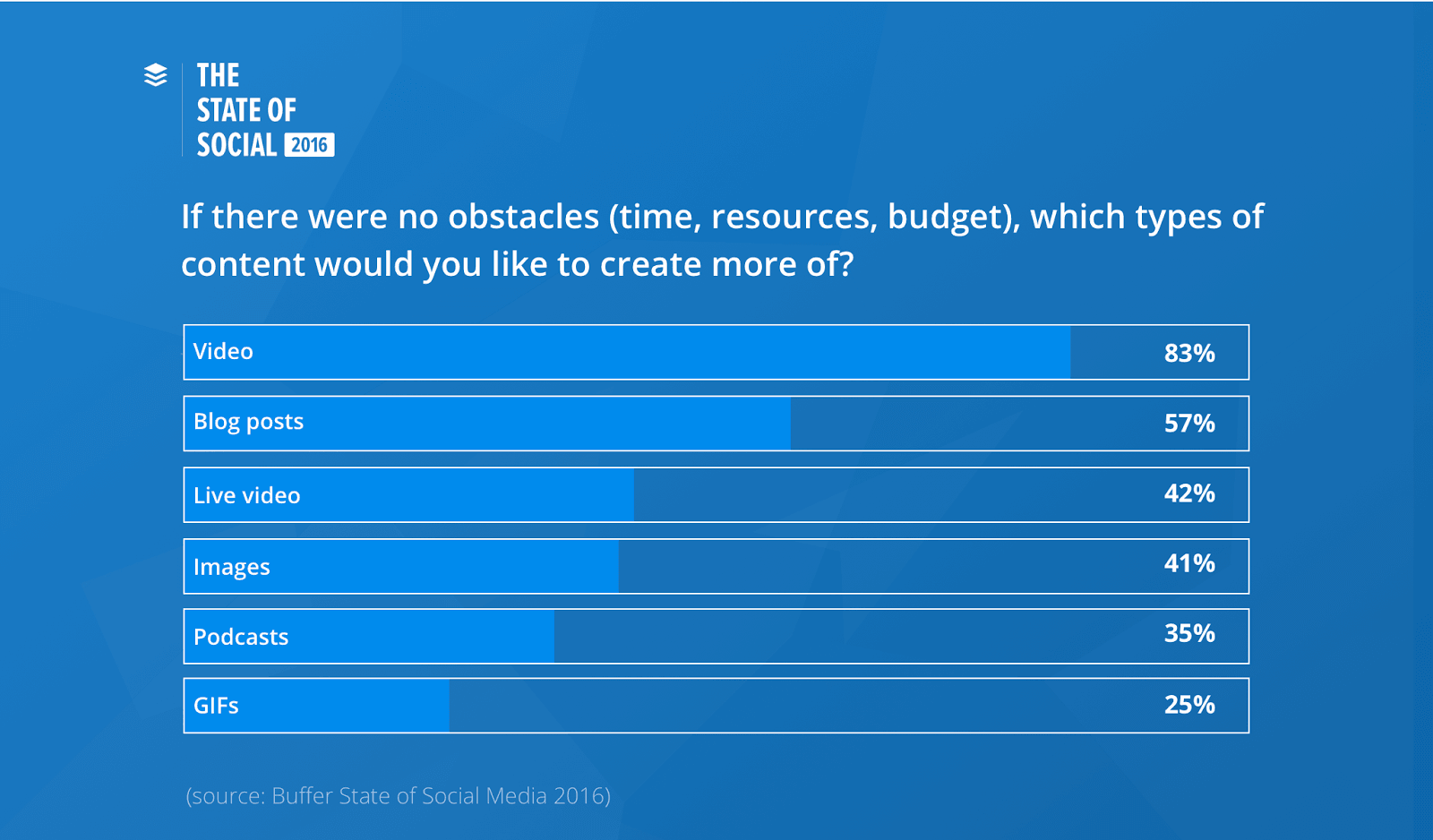
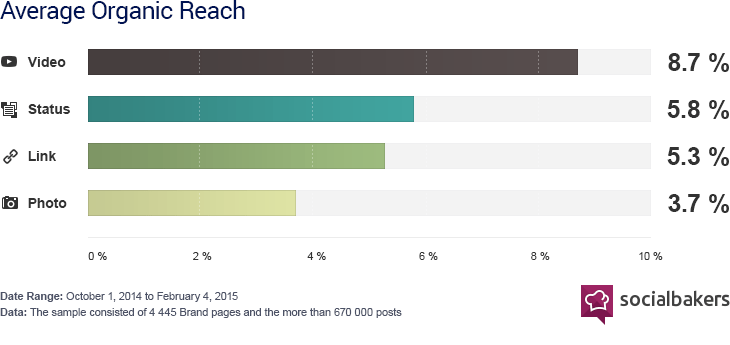
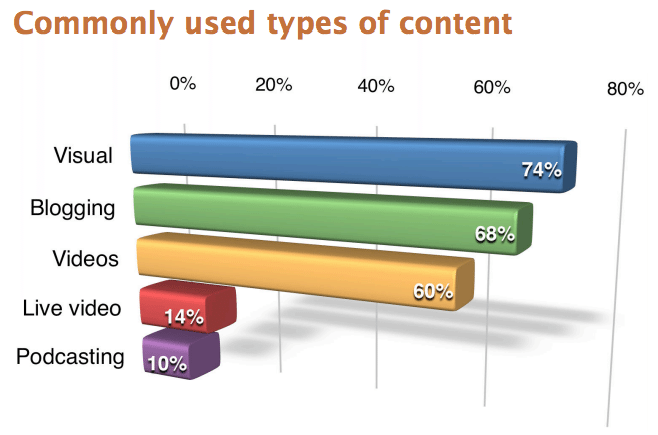
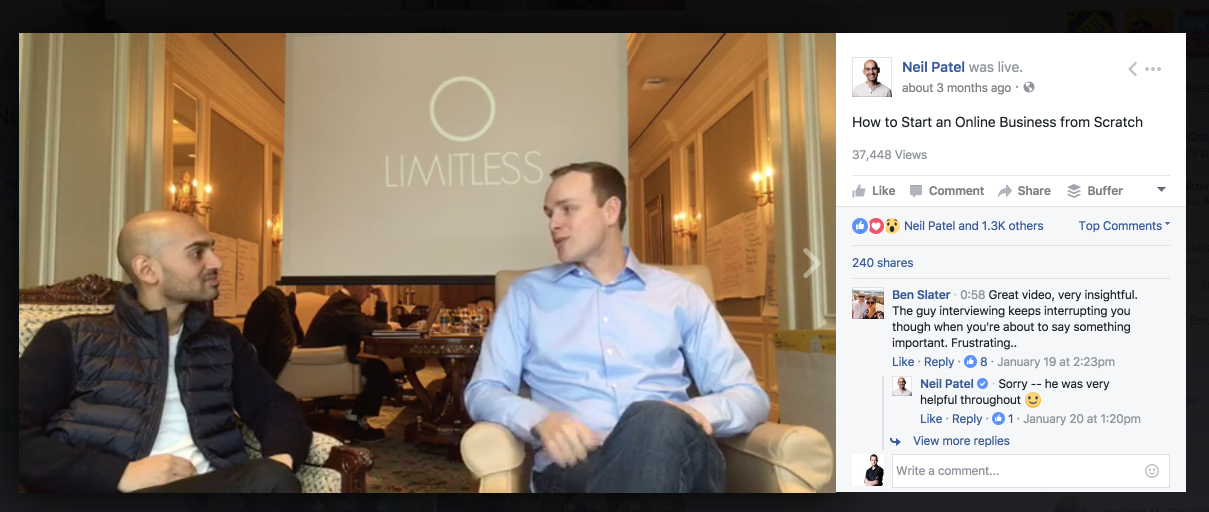

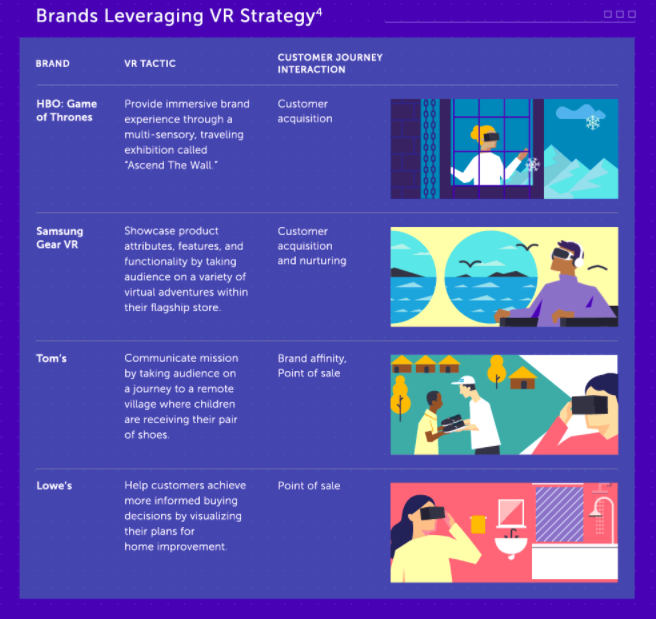
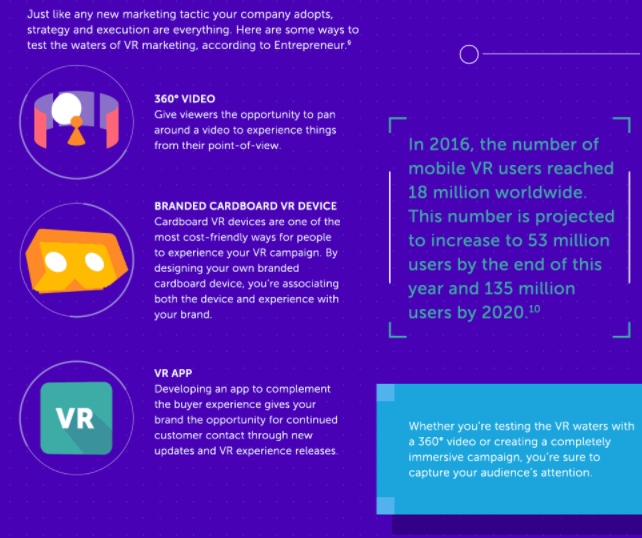
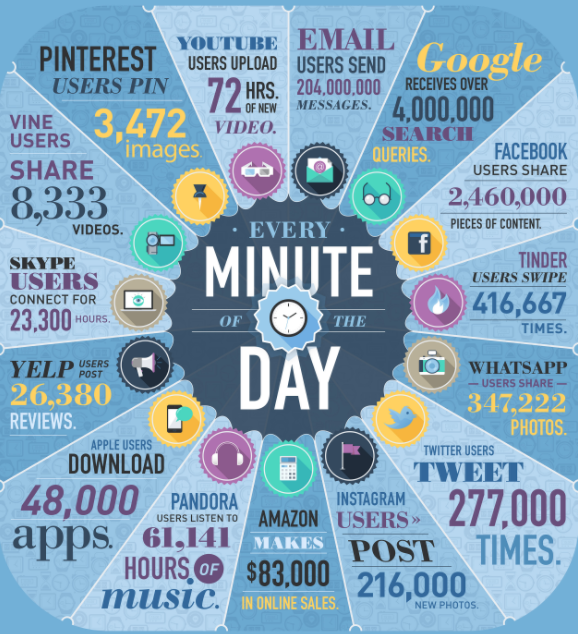
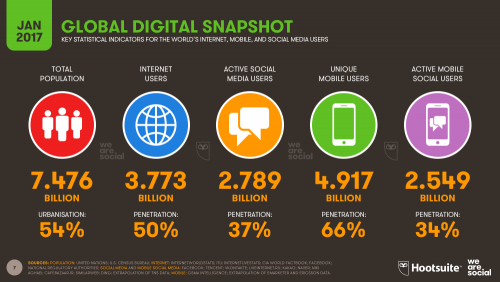
Comments (42)